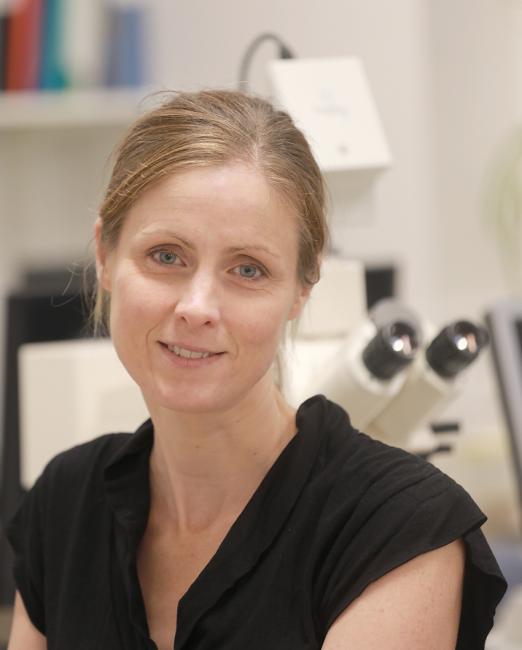Where did the ink go? Effects of liquid absorption in flexography
2019-01-24An important part of packaging is the printed packaging surface, communicating a message to the consumers. Poor printing quality can affect the perception of the packaging as well as the product. A new doctoral thesis focusing on ink distribution in flexography enables the control of printing quality already in the paper mill production process.
”A printed image can consist of several layers of ink and the distribution within each layer cab affect the quality of the image”, says Sofia Thorman, industrial doctoral student in chemical engineering at Karlstad University and researcher RISE, Research Institutes of Sweden. “How evenly the ink is applied and distributed depends on the quality of the carton or the paper it is printed on. To ensure that the carton properties meet the requirements for stable printing quality, it is important to understand what causes irregularities in the print.”
Sofia Thorman’s doctoral thesis, titled "Where did the ink go? – The effect of liquid absorption on ink distribution in flexography" at Karlstad University and RISE Research Institutes of Sweden, deals with how the ability of cardboard materials to absorb liquid in the form of ink affects flexography.
New measuring methods
Despite the fact that many cartoon properties are currently measured, a relevant measuring method for detecting the interplay between ink and carton is not available today. Sofia Thorman has developed two new measuring methods centring on this interplay in her doctoral project at RISE. The method can be used to check how evenly liquid is absorbed in a cartoon and how even the different ink layers are in multi-ink printing.
”Thanks to the new measuring methods, we can now check the quality of carton properties in a simple way. Gradually, we should also be able to predict the printing quality as early as in the paper mill process,” says the principal supervisor Associate Professor Li Yang at RISE.
The interplay between different ink layers in flexography is virtually an unexplored area in the science literature, which is why this was a particularly interesting part of the studies.
“When several layers are placed on top of one another in multi-ink printing, the upper layer is affected by the underlying ink substrate,” says Sofia Thorman. “It was clear that the upper layer becomes thinner on top of a thicker layer, and when the first layer is of uneven thickness, the upper layer becomes uneven too. At the same time, the results indicate that high speed production also requires quick and even ink absorption to maintain high quality.”
“The industrial graduate school VIPP aims to ensure the supply of postgraduate expertise to companies and institutes,” says Magnus Lestelius, professor of graphic technology at Karlstad University. “That’s why it’s very gratifying that Sofia Thorman has been awarded a doctor’s degree and contributes to both RISE and the development of the partner companies, not to mention the progress made in graphic technology. Both Li and I have been involved in graphic technology research for many years and Sofia’s thesis is a new milestone in this important development of benefit to industry and university alike.”
”Graphic technology research is of special importance to RISE, which is why we are now recruiting to a doctoral project,” Li Yang adds.
Partnership research
Sofia Thorman’s research was carried out as part of the industrial graduate school VIPP, Values Created in Fiber Based Processes and Products at Karlstad University, funded by RISE and the KK foundation. Click here to read Sofia Thorman’s thesis, "Where did the ink go? – The effect of liquid absorption on ink distribution in flexography".
For more information, please contact Sofia Thorman, phone +46 768 767 133 or sofia.thorman@ri.se


